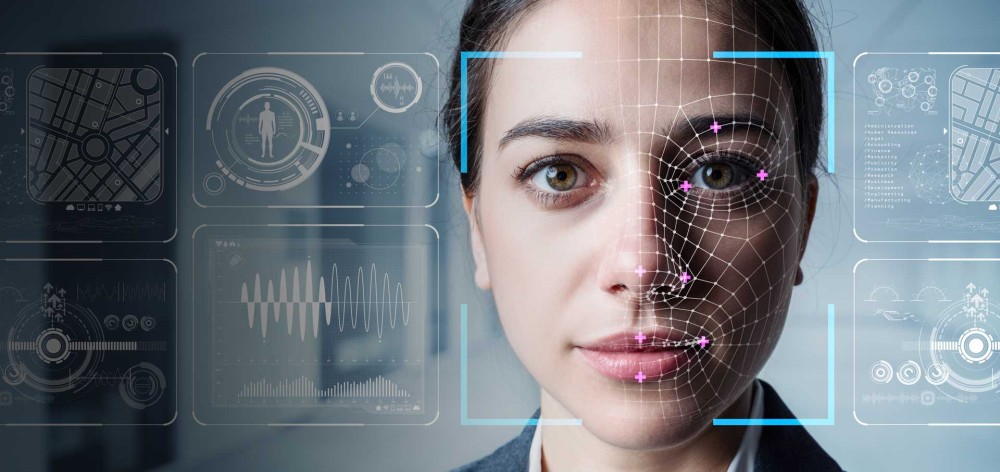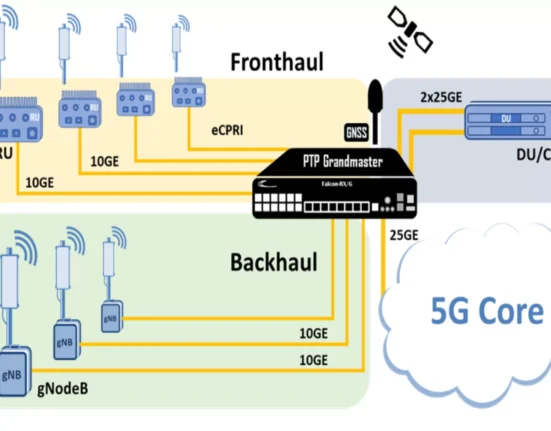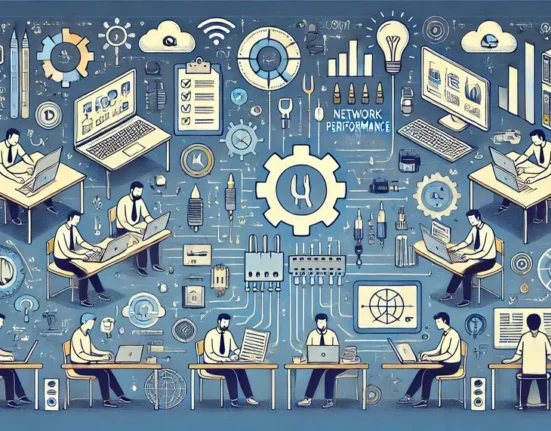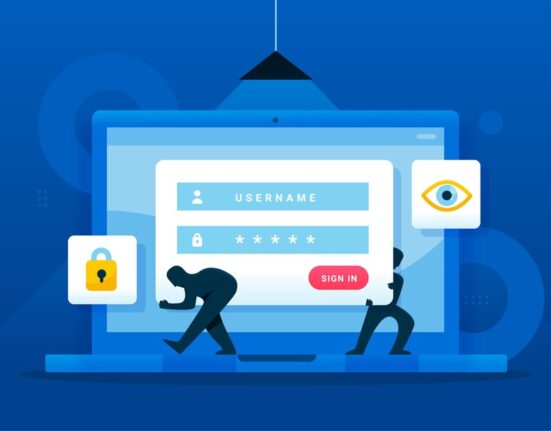Criminals of today’s world are getting technology advanced and sophisticated as they are using the encrypted method to exploit benefits. Not just this, they slide through the verification checks and dodge the process with ease. Criminals are using different types of fraud including spoof attacks, deep fakes, identity thefts, and more. As per CNBC, a US-based company faced a hefty $10 million to audio deepfake. This is just one case, there are plenty more. Therefore, businesses need robust solutions to counter these crimes.
Biometric screening is an ideal way to gate criminals and AI-powered solutions have massively accelerated this very process. These services are accurate and involve algorithms that are hard to dodge. Further on, these solutions have ticked out the conventional manual methods by employing liveness detections and various other types of biometric checks. Read further in this blog about some major types of biometric security checks and how they are making every criminal activity unsuccessful.
Prominent Types of Biometric Identity Verification Checks
Biometrics are mainly categorized into two categories – Biological and Behavioral. The former includes biological traits referring to psychological and physical attributes. Whereas, the latter has behavioral actions and reflexes an individual performs in the jurisdiction, for instance, vocal patterns. Further scattered, the biometrics include the following:
Facial Biometric Verification
This type of biometric recognition detects the liveness of individuals whether they are present on the other side of the screen or not. Facial biometric verification uses AI-backed services that analyze unique facial traits. The system then extracts the required features and matches them within the database to ensure authenticity. Therefore, the security and surveillance industry, as well as law enforcement agencies, can verify criminals and imposters in crowds without the hassle. Having this said, industries need these advanced capable solutions to ensure safety, security, and protection.
Voice Recognition
Voice recognition is prominently making its place in the biometric security systems market. This is mainly because this type identifies and authenticates customers on the basis of their voice and pitch. Voice recognition is considered to be the safest as the vocal cords, pitch, and sounds of every individual are not identical.
Retina-based Biometric Screening
Retina or iris-based biometric screening involves eye scans. The AI-backed system scans and verifies customers by scanning their retinas and iris. Moreover, it also includes a deep analysis of the layer of blood vessel layers that are at the back of the eye. The advanced and encrypted services are capable of identifying customers even if they are wearing glasses. As Shufti Pro Funding indicates, this is the reason why this service is widely adopted is that it is easier, accurate, and less time taking. Plus, the customers only need to upload a photo or video and the system will do the rest of the task.
Digital Signature Validation
Digital signature validation refers to the verification of customers by analyzing their handwriting. The financial sector is the most in need of this biometric security type as they monitor and involve huge monetary transactions and other processes. Furthermore, digital signatures validation is also used by retailers to make sure they are dealing with legit customers.
Global Use Cases of Biometric Recognition
Among the variety of global uses of biometric recognition, the most prominent are enlisted below.
Finance and Banking Sector – Digital Banking, Transaction Monitoring, and Data Security
Banking, finance, and other monetary sectors are the most prone to criminal threats like money laundering and terrorism financing. To combat these concerns, authorities have revamped the regulations by tightening the guidelines. Therefore, to ensure compliance and authentic customers registration, industries need to employ biometric security. This way they can streamline the cumbersome processes and ensure data security and privacy. Moreover, banks are incorporating digital functioning which makes it mandatory for the financial sector to monitor transactions and make sure no criminals are exploiting the services.
Passengers’ Identity Check and Security at Airports
Facial biometrics are employed by the majority of airports to enhance travelers’ experience and make them skip the long queues of clearance. Not just this, biometric passports and remote verification have made it possible to validate the identities of travelers that are residing in other countries. Travelers just need to scan their faces in the system on available kiosks and they are good to go without any hassle involved.
In Summation
To sum up, Shufti Pro News highlights why biometric recognition systems are unexpectedly growing. Largely due to their applications like voice, retina, iris, digital signature, and facial scans. This way they are providing enhanced security and customer satisfaction in every industry.






